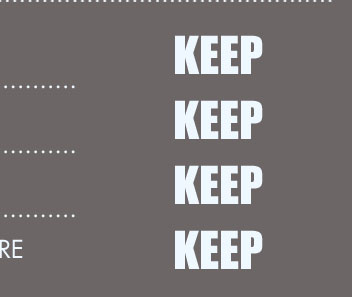 |
 |
 |
|---|
 |
 |
 |
|---|---|---|
 |
 |
 |
 |
 |
 |
|---|---|---|
 |
 |
 |
 |
Filing Bankruptcy Chapter 7 in Texas: Essential Insights and Common Mistakes
Filing for Chapter 7 bankruptcy in Texas can be a daunting process, but understanding the steps and avoiding common pitfalls can make it more manageable. This guide provides essential insights into Chapter 7 bankruptcy, helping you navigate the process effectively.
Understanding Chapter 7 Bankruptcy
Chapter 7 bankruptcy is a legal process that allows individuals to discharge most of their debts, offering a fresh financial start. It involves the liquidation of non-exempt assets to repay creditors.
Eligibility Criteria
- Means Test: You must pass the means test, which compares your income to the median income in Texas.
- Credit Counseling: Completion of a government-approved credit counseling course is mandatory.
Key Benefits
Filing for Chapter 7 bankruptcy can relieve you of overwhelming debt and prevent further collection actions. It provides a clean slate, allowing you to rebuild your financial life.
Common Mistakes to Avoid
When filing for Chapter 7 bankruptcy, avoid these common mistakes to ensure a smooth process:
- Incomplete Documentation: Ensure all forms and financial records are accurate and complete.
- Asset Mismanagement: Do not transfer or hide assets before filing; this can lead to fraud allegations.
- Ignoring Legal Advice: Consulting with an experienced attorney, such as bankruptcy lawyers in NH, can provide guidance tailored to your situation.
The Process of Filing
Preparation
Gather all necessary financial documents, including income records, expenses, debts, and asset details. A thorough preparation ensures accuracy and compliance with legal requirements.
Filing the Petition
File the bankruptcy petition with the court, including all schedules and statements. This officially initiates the bankruptcy process.
Meeting of Creditors
A meeting with creditors, known as the 341 meeting, will be scheduled. During this meeting, the trustee and creditors may ask questions about your finances and bankruptcy forms.
After Bankruptcy
After a successful discharge, focus on rebuilding your credit and financial stability. Consider financial counseling to develop a budget and savings plan.
It's important to remember that Chapter 7 bankruptcy remains on your credit report for ten years, so taking steps to improve your financial habits is crucial.
For personalized advice, consulting with professionals, such as bankruptcy lawyers in Virginia, can provide additional support tailored to your needs.
Frequently Asked Questions
What debts are dischargeable under Chapter 7 bankruptcy?
Most unsecured debts, such as credit card balances, medical bills, and personal loans, can be discharged. However, some debts like student loans, child support, and certain tax obligations are typically non-dischargeable.
How long does the Chapter 7 process take in Texas?
The process usually takes about 4 to 6 months from filing to discharge, assuming there are no complications or objections from creditors.
Can I keep any assets after filing for Chapter 7 bankruptcy?
Yes, Texas law allows exemptions for certain assets, such as your primary residence, personal belongings, and retirement accounts, enabling you to retain them after the bankruptcy process.
In many Chapter 7 cases, all of the debtor's property is exempt, so the trustee will have no assets to liquidate and distribute to creditors. Cases where there ...
Chapter 7 bankruptcy is a common form of bankruptcy for individuals and families. It is called a straight or liquidation bankruptcy.
In a Chapter 7, a bankruptcy trustee is assigned to sell off (liquidate) non-exempt (unprotected) assets. The money is then used to pay as much of your debt as ...
![]()